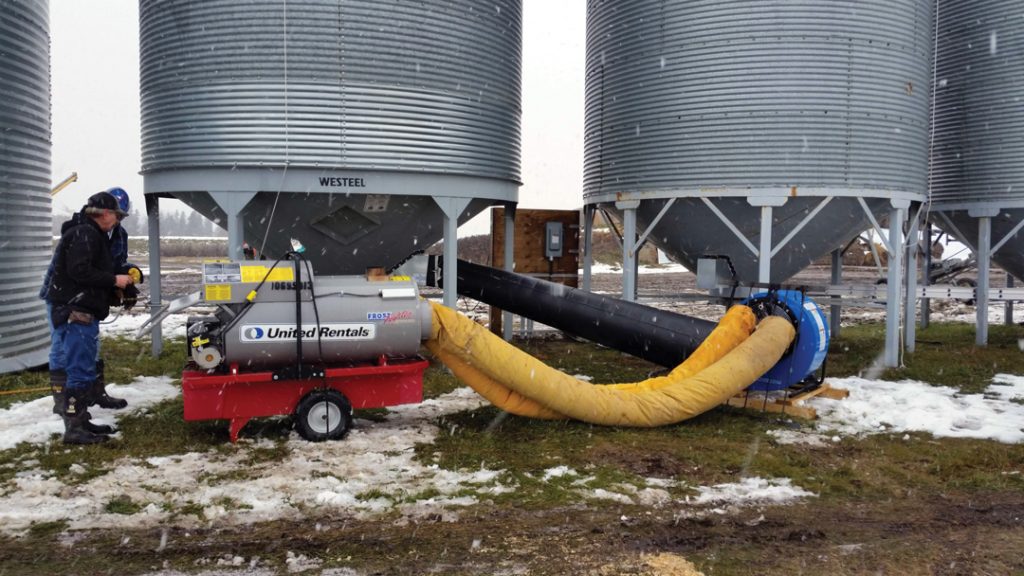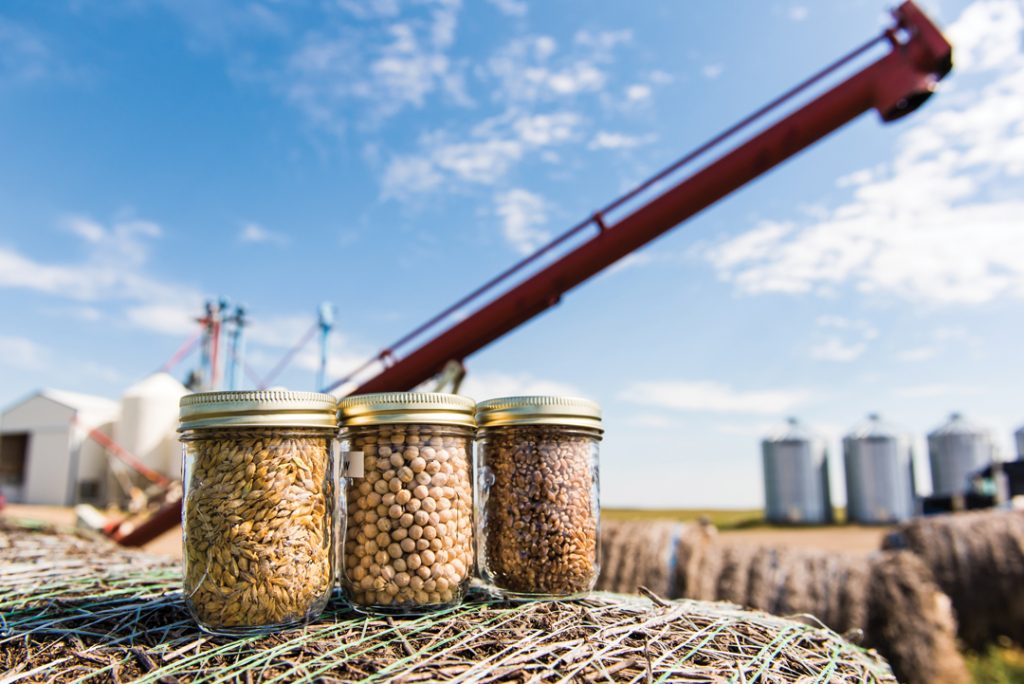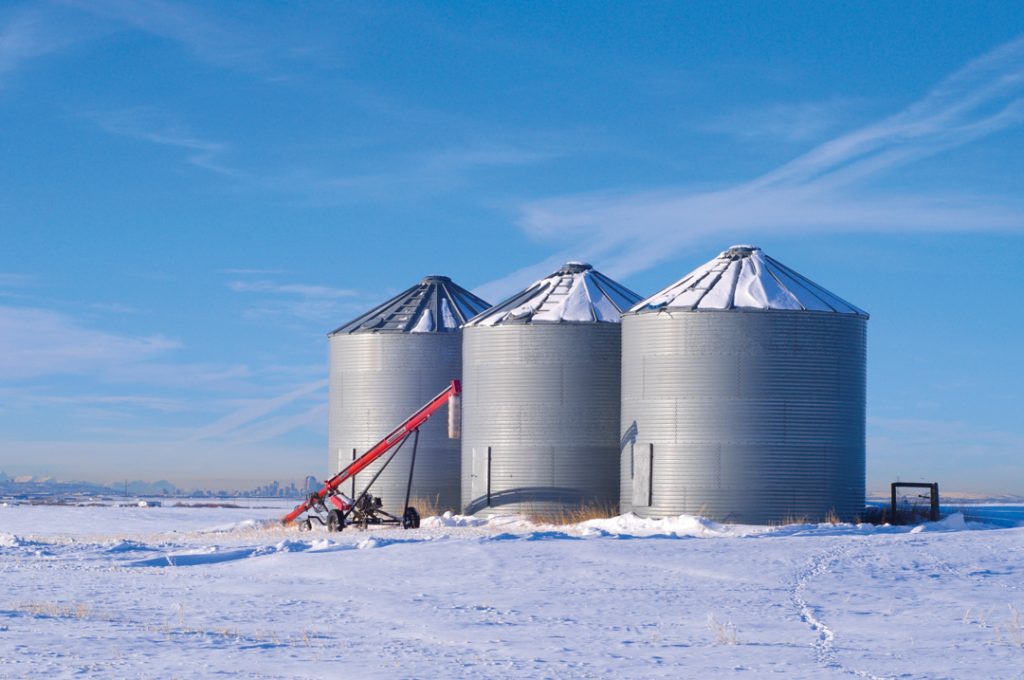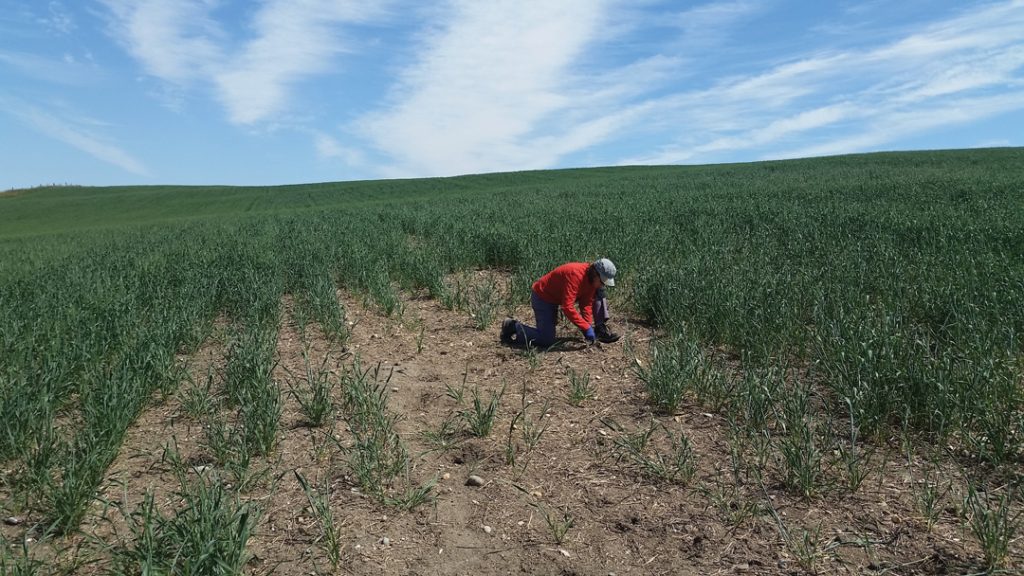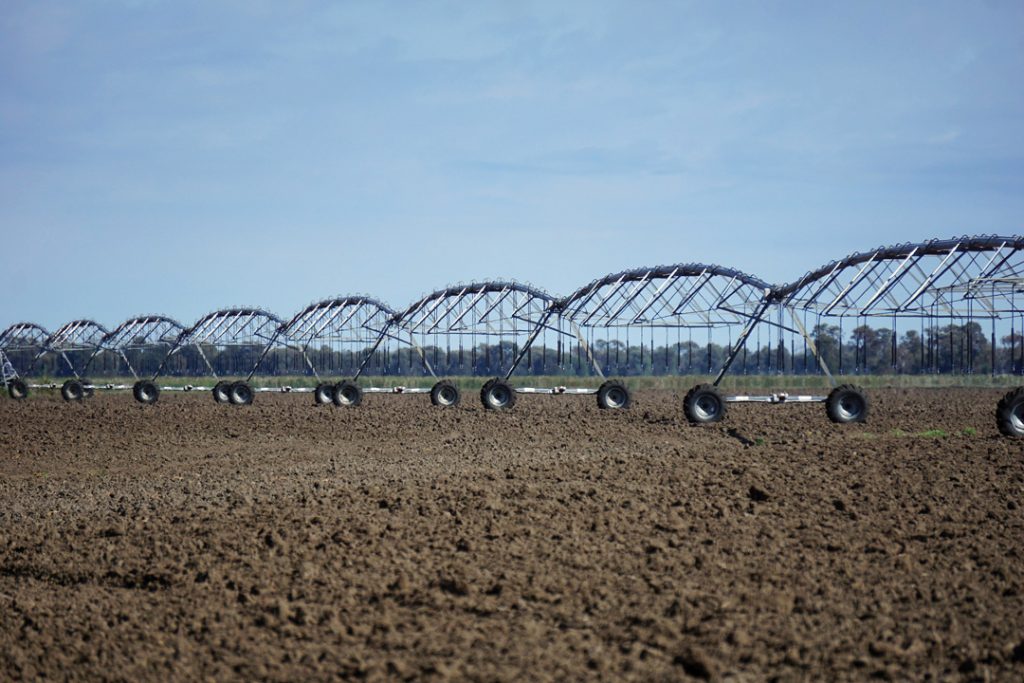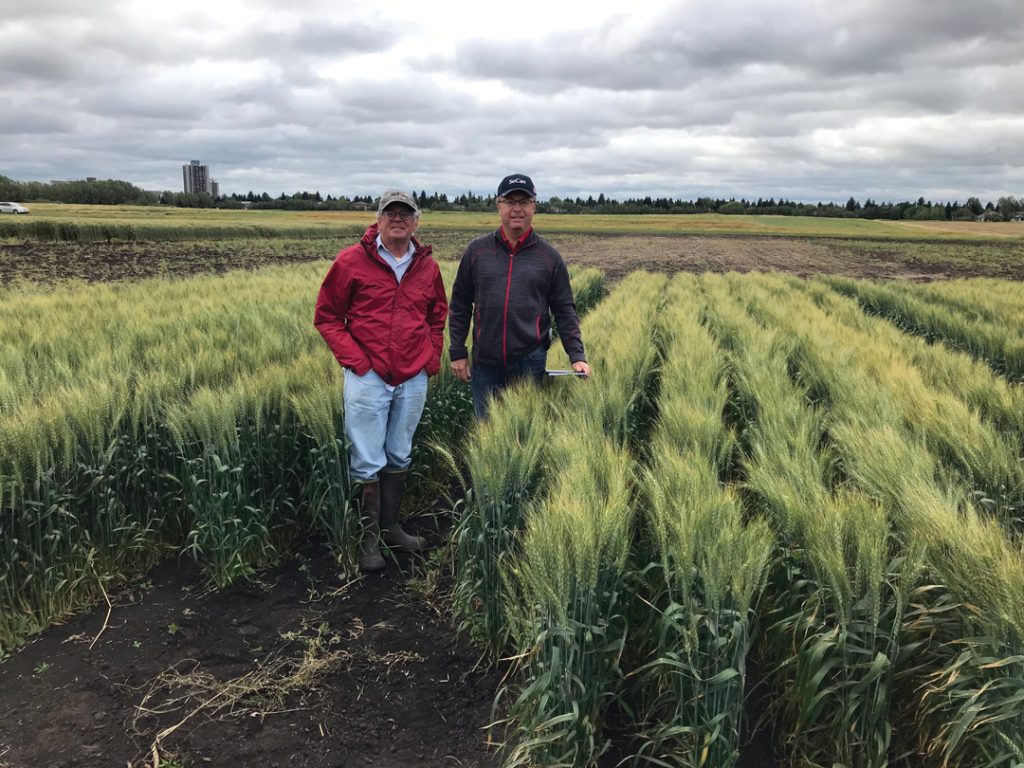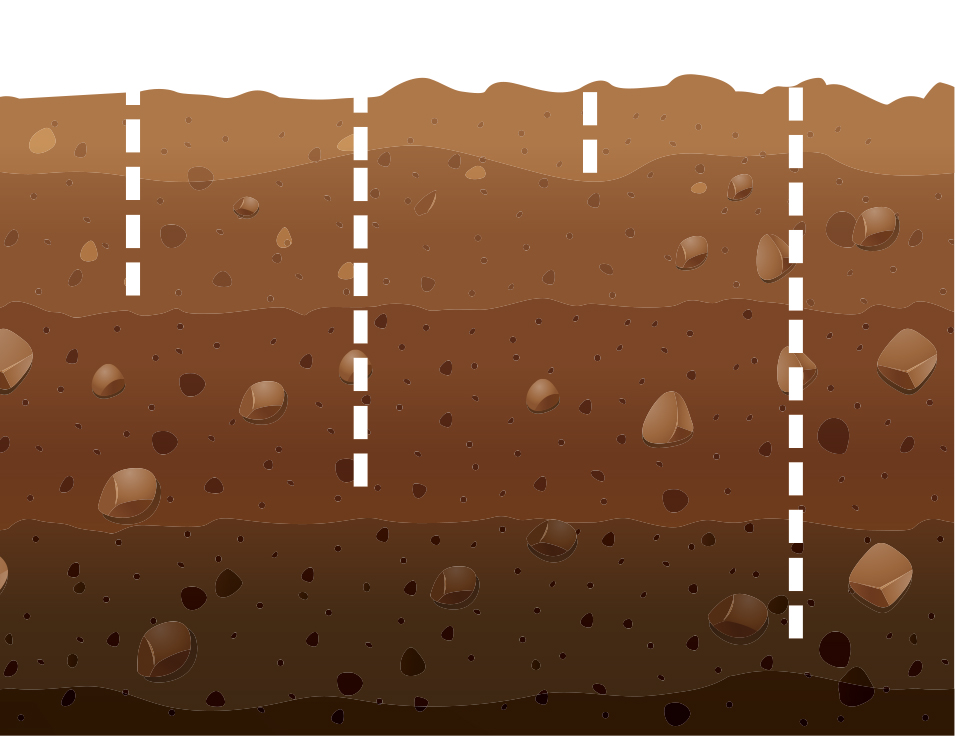DIGITAL INFORMATION AND OBSERVATION
The digital realm is rich with information resources of practical interest to agriculture professionals. We have collected a variety of such interesting and informative apps, websites and newsletters. The area of ag research is particularly well served in this selection. Of course, information can flow both directions, as it does in the case of the citizen science app and insect-themed social media account we’ve included here.





